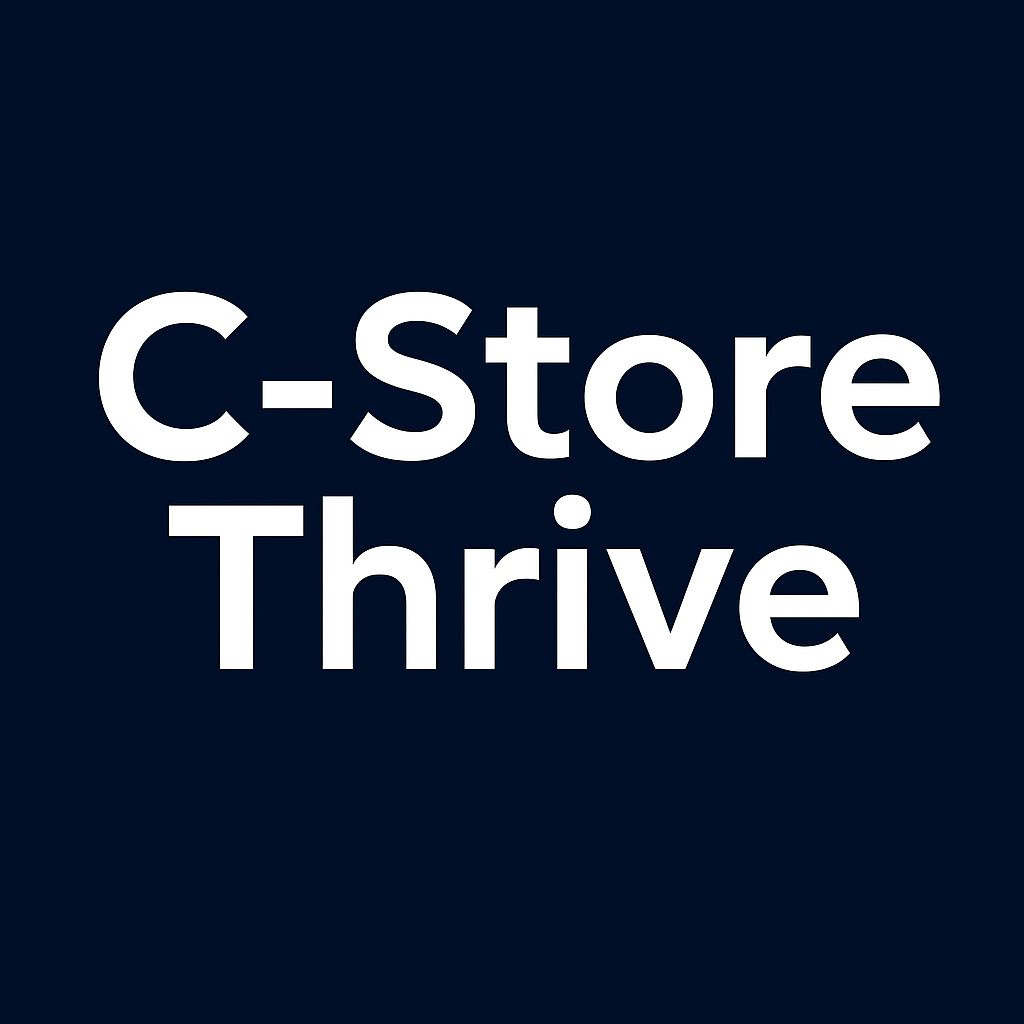Convenience Store Chains with the Highest Market Share in 2025: Who’s Leading the Pack?
7-Eleven dominates with 12,414 U.S. locations representing 8.2% of the 152,255 convenience stores nationwide. Alimentation Couche-Tard operates 5,851 Circle K stores while Casey's holds 2,899 outlets as the largest American-owned chain.

Intro
As of early 2025, the U.S. convenience-store landscape comprises approximately 152,255 stores, a slight year-over-year dip of 0.1% Convenience+1. Yet within this vast network, a small group of chains dominate the market, accounting for a striking share of outlets and fueling rapid consolidation.
1. Top Chains by Market Share: Numbers & Reach
- 7-Eleven reigns supreme with 12,414 U.S. locations, representing roughly 8.2% of the total convenience-store count NACS Magazine.
- Alimentation Couche-Tard, operating Circle K and affiliated brands, holds the second spot with 5,851 U.S. stores Convenience Store News.
- Casey’s takes third place with 2,899 outlets, solidifying its status as the largest wholly American-owned chain Convenience Store NewsWikipedia.
- Other notable players include Speedway (~2,987 stores), QuikTrip (1,156), AMPM (1,032), Stripes, Cumberland Farms, and Stewart’s Shops ScrapeHero.
The 7-Eleven/Speedway merger also elevates their combined presence to about 8.5% of U.S. convenience stores by count, with an even greater impact in fuel sales—12% of total U.S. fuel volume xMap.
2. What's Driving Their Dominance?
Mergers & acquisitions remain central to market concentrations. For instance, the potential Couche-Tard and 7-Eleven tie-up would have encompassed more than 13% of all U.S. convenience stores, nearly ten times larger than its next competitor CoBank. Regulatory pressure over such ambitions continues to make headlines—recent attempts to divest over 2,000 stores hit early snags with regulators and potential buyers Reuters.
These chains have also invested heavily in fuel operations, loyalty ecosystems, and foodservice expansion. The integrated 7Rewards/Speedy Rewards system now serves over 50 million active members xMap. Meanwhile, the broader sector is seeing a rise in fresh and made-to-order offerings, from sandwiches and burgers to healthier prepared meals—especially among chains like 7-Eleven, QuikTrip, and Wawa AP News.
3. Implications for Competitors & Independents
With growing footprints and deeper pockets, chain consolidation puts pressure on independents—particularly in rural and small-town markets where chains like Casey’s or Sheetz/Wawa reign regionally. Chain growth can erode local customer base and create supply-chain leverage that squeezes smaller operators.
Still, independents remain relevant—especially when they lean into hyper-local branding, niche product assortments, and unique service experiences. Brands with strong regional identity—like Sheetz in western Pennsylvania or Wawa in the east—continue to command deeply loyal customer bases despite being relatively smaller overall Wikipedia+1.
4. Why This Matters to Analysts, Vendors & Partners
Understanding market share isn’t just academic; it's critical for stakeholders seeking to align strategy:
- Vendors & distributors can prioritize negotiations and logistics around high-volume chains, where scale drives purchasing strength.
- Analysts gain insight into industry consolidation, revenue trends, and M&A direction.
- Potential partners or investors can identify key players launching premium foodservice, loyalty tech, or fuel innovations—like the expansive offerings from Buc-ee’s, often topping customer-satisfaction rankings as a travel-centric convenience retailer MySA.
Conclusion
In 2025, a handful of chains continue to dominate the U.S. convenience landscape. 7-Eleven, Couche-Tard/Circle K, and Casey’s lead not just in store count, but in the strategic use of acquisitions, fuel networks, loyalty systems, and foodservice offerings. As the sector grows toward a projected $957 billion in market size this year The Business Research Company, success hinges on innovation in digital engagement, urban market entries, and private-label merchandising. For industry participants, staying ahead means monitoring not just the raw numbers—but the stories, strategies, and shifting incentives behind them.





